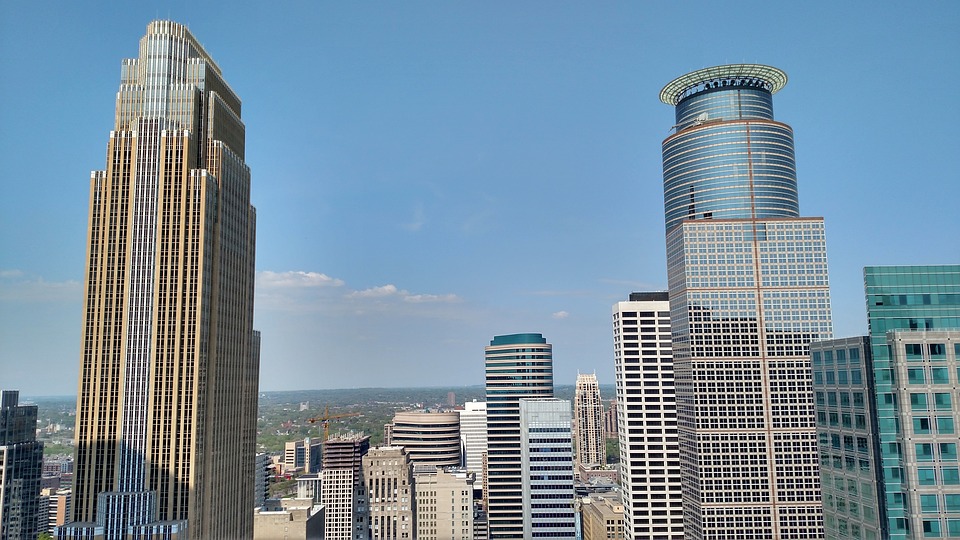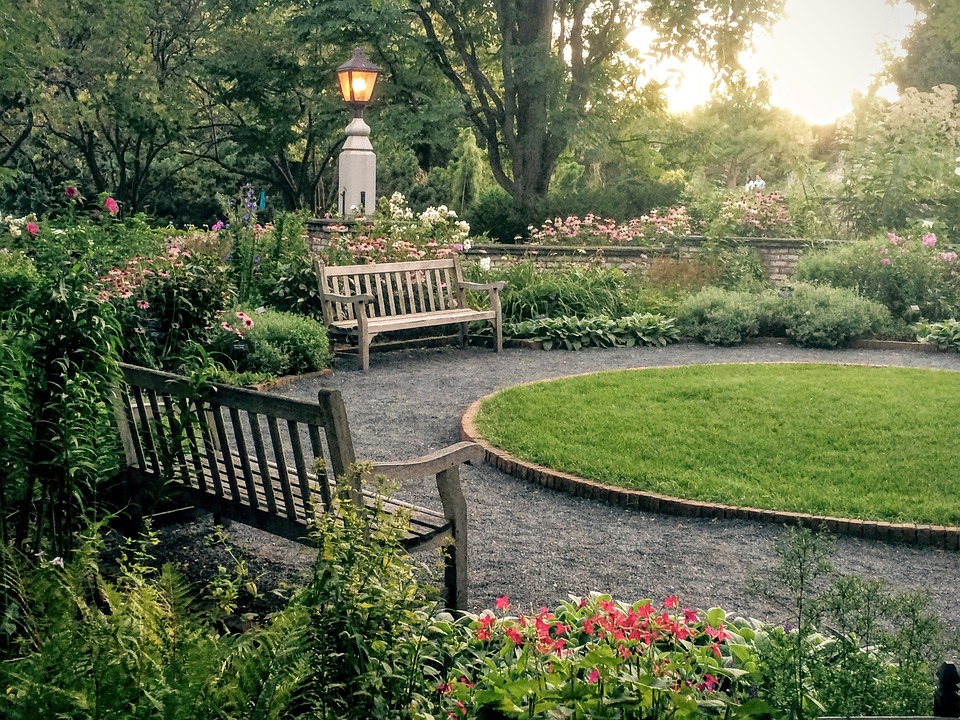Minnesota state (USA)

Location
The state of Minnesota is located in the northern United States, right in the heart of the Midwest region. It borders Canada to the north (provinces of Manitoba and Ontario), making it one of the northernmost U.S. states. On the eastern border, Minnesota is adjacent to Wisconsin, while it shares its southern border with Iowa and its western border with South and North Dakota. The state covers approximately 225,000 square kilometers, making it one of the largest U.S. states by area.
The capital of Minnesota is Saint Paul, which, together with the neighboring city of Minneapolis, forms the well-known metropolitan area of the “Twin Cities.” Minneapolis is the state’s largest city and is considered a center of economic activity and innovation. Minnesota’s location between the Great Lakes and numerous rivers gives it a unique geographical profile and creates ideal conditions for water-based recreation and fishing.
Minnesota is renowned for its scenic landscapes, including over 10,000 lakes, the most famous of which is Lake Superior, the largest freshwater lake in the U.S. by surface area. The state’s abundance of water resources attracts tourists from around the world and is an essential factor for the regional economy.
Climate and Landscape
Minnesota has a continental climate with pronounced seasonal variations. Winters here are cold and snowy, with average temperatures ranging from -10°C to -15°C, though in the northern regions, they can drop even lower, reaching -30°C and sometimes -40°C. The eastern areas, influenced by the Great Lakes, experience slightly milder winters, yet most of the state still feels the harshness of the northern climate.
Summers in Minnesota are warm, with average temperatures ranging from +20°C to +25°C, occasionally reaching +30°C or higher. The majority of precipitation occurs in the summer, particularly through thunderstorms and downpours common from June through August. Fall and spring are marked by moderate temperatures and somewhat variable weather.
Minnesota’s landscape is diverse: from forests and hills in the north to open plains in the south. The northern part of the state is characterized by vast forests, part of the taiga forest zone, along with numerous lakes and rivers. This region includes natural attractions such as Voyageurs National Park, known for its rocky shores and dense forests. Central and southern parts of the state are agricultural plains, with fertile soil and a climate suitable for growing corn, soybeans, and wheat.
This contrast between the forested northern areas and the plains in the south makes Minnesota especially attractive to visitors seeking to enjoy diverse landscapes and outdoor recreation. In winter, skiing and snowmobiling are popular, while in summer, activities like swimming, fishing, and camping draw many to the state’s natural beauty.

Population
Minnesota has a population of about 5.7 million people, ranking 22nd in the United States by population. The state is known for its social cohesion and significant European heritage. The majority of residents are descendants of immigrants from Scandinavia, Germany, and Ireland, which influences the region’s culture, architecture, and cuisine.
Racial Composition of Minnesota’s Population:
- White — approximately 77% of the population, primarily descendants of Scandinavians and Germans. The impact of these cultures is evident in the state’s cultural events, festivals, and culinary traditions.
- African Americans — around 7%, most of whom reside in major cities like Minneapolis and Saint Paul.
- Asians — about 5%, with a substantial portion being Hmong from Laos, who migrated to Minnesota in the 1970s and 1980s. Minnesota is a central hub for the Hmong community in the U.S.
- Latino — 6%, many of whom work in agriculture and service industries.
- Native Americans — 1%, primarily from the Ojibwe and Dakota tribes, who have reservations and cultural centers within the state.
Largest Cities and Population:
- Minneapolis — approximately 430,000 people, the economic and cultural heart of the state.
- Saint Paul — the state capital, with a population of around 310,000.
- Rochester — 120,000, known for the Mayo Clinic, one of the top medical centers in the U.S.
- Duluth — about 85,000, a popular tourist city on the shores of Lake Superior.
- Bloomington — 85,000, home to one of the largest shopping malls in the U.S., the Mall of America.
Crime
Minnesota is generally considered one of the relatively safe states in the United States. The crime rate here is lower than the national average, particularly regarding violent crimes such as homicides and assaults. However, like in many other states, crime rates vary depending on the specific region or city. The highest crime rates are usually recorded in larger cities, particularly Minneapolis and Saint Paul.
Crime Statistics in Minnesota:
- Overall Crime Rate: approximately 2,224 crimes per 100,000 people (as of 2021), which is below the U.S. average.
- Violent Crimes (homicides, armed assaults): 238 per 100,000 people.
- Property Crimes (thefts, robberies): around 1,986 per 100,000 people, making it one of the most common types of crime in large cities.
The areas with the highest crime rates are located in central Minneapolis and certain parts of Saint Paul. Crimes here are often related to thefts, drug issues, and sometimes violent conflicts between groups. Meanwhile, suburban and rural areas of the state have significantly lower crime rates, making them popular choices for family living.
An important aspect is also the work of the police and the availability of social programs aimed at crime prevention. After the protests in 2020, the Minneapolis Police Department underwent significant reforms to improve safety and community engagement. Initiatives were introduced to increase transparency, develop youth assistance programs, and reduce tensions in troubled areas.
Local residents note that following basic safety rules, such as avoiding dangerous areas at night, allows for a safe life in the state without life-threatening risks.
Economy
Minnesota’s economy is one of the most stable in the United States, ranking 16th in GDP among states. With rich natural resources and high-tech industries, the state has a robust agricultural, manufacturing, healthcare, and financial sector. Much of the economic activity is concentrated in the Twin Cities—Minneapolis and Saint Paul, where the headquarters of major companies such as Target, Best Buy, and General Mills are located. Minnesota is also home to prominent medical and research centers, including the Mayo Clinic in Rochester, known for its advanced research and treatment technologies.
Key Industries:
- Agriculture: Minnesota is a leading producer of corn, soybeans, and sugar beets. Dairy and grain farming are also highly developed.
- Manufacturing: The state has a strong manufacturing sector, particularly in machinery, food production, and medical devices, which provides stable employment opportunities.
- Healthcare: Healthcare services account for a significant share of Minnesota’s GDP. In addition to the Mayo Clinic, numerous hospitals and research centers are located in the state.
- Technology and Finance: Minnesota is a hub for high-tech and financial services, fostering the growth of startups and entrepreneurship.
Economic Indicators:
- Minimum Wage: $10.08 per hour, higher than the federal minimum, supporting a higher standard of living.
- Median Household Income: $74,593, which is above the national average.
- Employment Rate: In 2022, the unemployment rate was 3.1%, indicating a stable economic situation.
- Poverty Rate: Approximately 9%, one of the lowest rates in the U.S.
Minnesota provides numerous job opportunities across various fields, particularly in healthcare, technology, and financial services. With a high median income and relatively low poverty rate, the state maintains a fairly high standard of living for its residents. This economic stability and diversity make Minnesota an attractive place for work and life.

Table of Contents